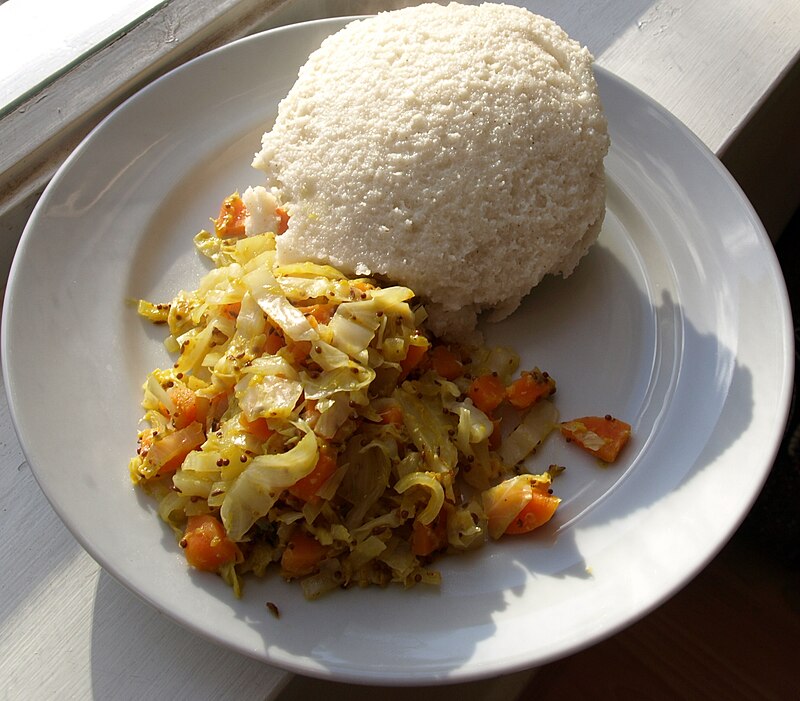Introduction: Looking for Authentic Ugandan Cuisine?
Are you in search of a genuine Ugandan culinary experience? Look no further than [specific location], where you’ll find a variety of restaurants serving up traditional Ugandan fare. From hearty stews to flavorful grilled meats, there’s something for every palate.
But where should you go to get the best Ugandan cuisine in [specific location]? In this article, we’ll take a look at some of the top-rated Ugandan restaurants in the area, so you can experience the rich flavors and unique dishes of Uganda.
Research: Discovering the Best Ugandan Restaurants in [specific location]
To find the best Ugandan restaurants in [specific location], we scoured reviews and asked locals for recommendations. We were looking for restaurants that not only served authentic Ugandan cuisine, but also had a welcoming atmosphere and great service.
After our research, we narrowed down our top three recommendations for Ugandan restaurants in [specific location]. Each of these restaurants offers a unique dining experience, with a variety of dishes to choose from.
First Recommendation: Experience the Flavors of [Restaurant Name]
[Restaurant Name] is an excellent choice for anyone looking to try authentic Ugandan cuisine in [specific location]. The menu features a variety of stews, grilled meats, and side dishes, made with fresh ingredients and traditional spices.
One of the standout dishes at [Restaurant Name] is the matoke, a steamed banana dish that’s a staple of Ugandan cuisine. The restaurant’s version is cooked to perfection, with a soft texture and delicious flavor. We also recommend trying the tilapia, grilled to perfection with a side of vegetables and rice.
Second Recommendation: Savor the Unique Dishes at [Restaurant Name]
For a unique dining experience with a modern twist, check out [Restaurant Name]. This restaurant blends traditional Ugandan flavors with international influences, resulting in dishes that are both familiar and new.
One of their signature dishes is the chapati wrap, which features a soft and flaky chapati bread filled with your choice of meat or vegetables. We also recommend trying the pilau rice, a flavorful dish made with fragrant spices, vegetables, and meat.
Third Recommendation: Indulge in Traditional Ugandan Fare at [Restaurant Name]
For a classic Ugandan dining experience, head to [Restaurant Name]. This restaurant serves up a variety of stews, rice dishes, and grilled meats, all made with traditional Ugandan spices and flavors.
One of the standout dishes at [Restaurant Name] is the luwombo, a rich stew made with either chicken, beef, or fish, and wrapped in banana leaves before cooking. The result is a tender and flavorful dish that’s sure to satisfy. We also recommend trying the posho, a cornmeal dish that’s a staple of Ugandan cuisine.
Conclusion: Explore the Best Ugandan Restaurants in [specific location]
Whether you’re a longtime fan of Ugandan cuisine or just looking to try something new, the restaurants we’ve recommended in [specific location] are sure to impress. From traditional stews to modern twists on classic dishes, there’s something for everyone to enjoy. So next time you’re in the mood for authentic Ugandan food, be sure to check out one of these top-rated restaurants!

![Can you recommend a good Ugandan restaurant in [specific location]?](https://foodnerdy.com/blog/wp-content/uploads/2023/05/10-28-768x292.jpg)








